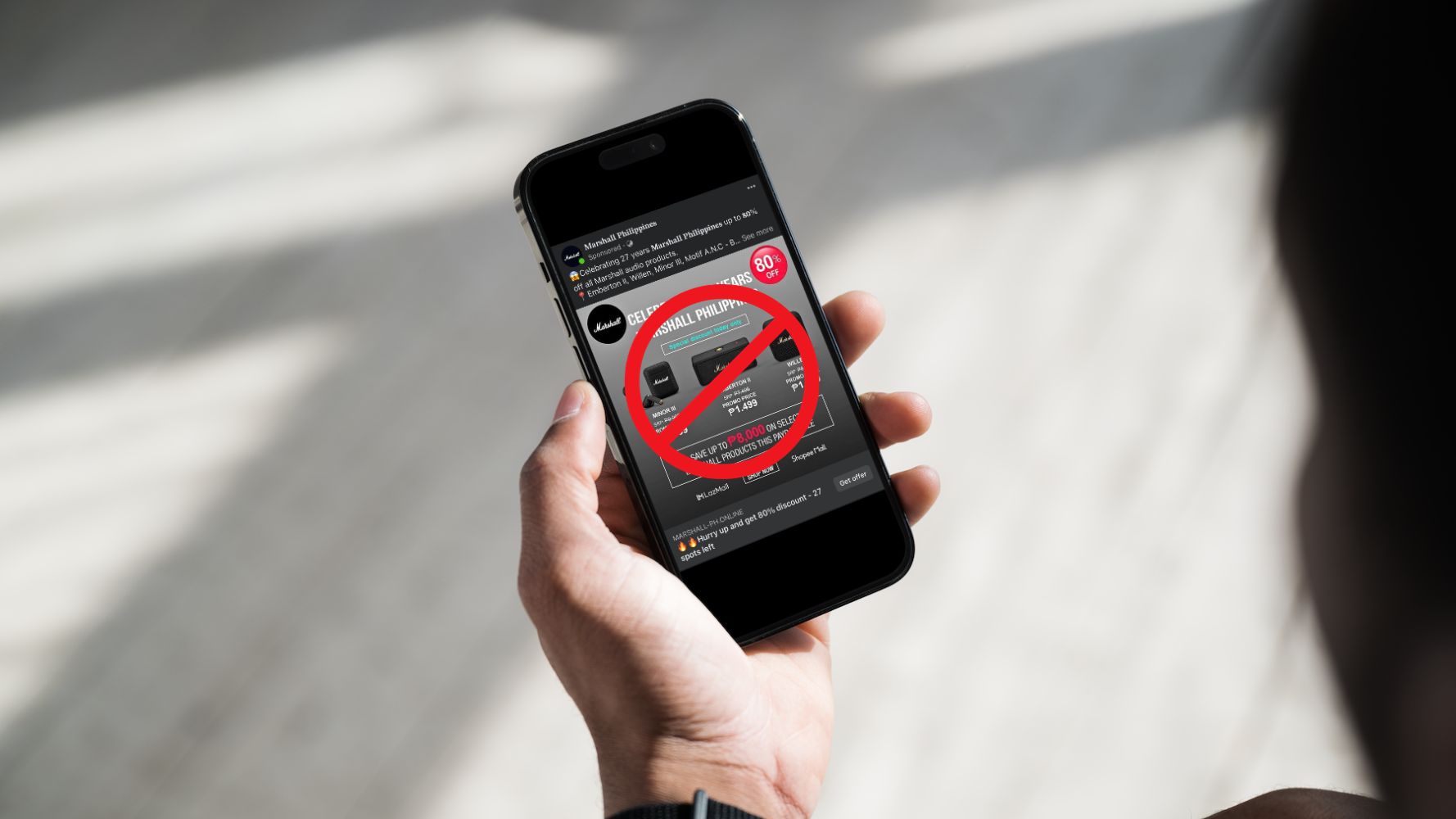Things that you may not be aware of with drones
Drones. Those sometimes autonomous, sometimes scary flying machines have a certain mystique about them. Some view them as toys, some view them as instruments of death, but there are a lot of misconceptions and frankly things about them that a lot of people get wrong. Yesterday we spent a good part of the afternoon learning about and flying drones courtesy of Henry’s Professional and DronesPH during DJI’s New Pilot Experience event, and we got to say, we learned a lot during that time. While we don’t want to bore you with all of the things we talked about during that session (and there is a lot), there’s five things that we want to share with you about drones:
1. They’re incredibly invasive to privacy
The first time people see drones, they’re usually the quadrocopter variety that’s sold in malls. And while those are usually classified as toys, proper drones (those that have cameras installed in them and have GPS navigational equipment embedded in them) are far from being playthings. For one thing, drones like DJI’s Phantom 3 and Inspire1 have wide-angle cameras that can see a large swath of the areas they fly in. You can see how that can be a problem – flying one in a gated subdivision, for example, is a tricky proposition because people put up walls for a reason, and usually don’t like prying eyes looking down on their homes. That’s why veteran drone operators recommend you practice your flying skills in pre-approved drone fields in the PH (most notably the one in UP Diliman) or if you’re planning in taking aerial shots of a particular area for example, ask for permission from the owner of the property.
2. Not all drones are created equal
This is pretty obvious, but it still needs to be said: not all drones are equal. There are several ways to go about flying drones – one is the pre-built route and one is the hobbyist route where you build your own drone from scratch. The former is the easiest and fastest obviously but involve far more scratch. You can fork over around 35K for DJI’s Phantom 3 from Henry’s which already includes a controller, an app and an easy to fly drone. You can also try to DIY one yourself – plenty of hobby shops here in the PH sell parts to assemble a fully working drone, though it involves being mechanically adept and a fair amount of soldering and assembly.
The reason why people go the pre-built route like the ones offered by DJI even if they’re more expensive? Simple – they’re ridiculously easy to fly. We managed to build enough confidence flying one for five minutes to do a few complex manoeuvres that would have been impossible using other, pre-built drones. DJI’s Phantom 3, for example, has several fail-safes built-in that allows the drone to return to the owner (or at least, where it originally started flying) even if it loses contact with the controller.
https://www.facebook.com/dronesph/videos/405248166329896/
3. You’ll need a license if you want to use one for work
If you’re thinking of getting a drone to help you get those amazing shots for weddings and other work-related things, you’ll need to register your euipment with the Civil Aviation Authority of the Philippines (CAAP) or risk getting your drone confiscated.
Under CAAP’s Memorandum Circular No. 21 series of 2014 issued last June 26, drone owners and operators are required to register their equipment with the regulatory board and secure a certification to operate.
Thankfully, DronesPH offers help in this regard – they regularly conduct Private Pilot Certificate courses and Remote Pilot Certificate courses to teach you how to fly a drone, and will help you get your wings if you plan to use your drone in a commercial setting. And you’ll need help – according to this article in Rappler, CAAP requires you to pass the rating required in aviation license and instrument theory examinations; complete training course on the operation of the UAV type the applicant possesses; have at least 5 hours experience operating UAVs outside controlled airspace; and have a radio operator’s certificate of proficiency.
https://www.facebook.com/dronesph/videos/461614814026564/
4. They help more than they hurt
When drones hit the news, it’s usually not a good thing – most people think of drones as bringers of death and destruction, partly because of the US’ widespread use of Predator drones on the war on terror. But drones help more than they hurt – when Typhoon Yolanda hit, local government needed help to find out the extent of the destruction in the hardest-hit areas. DronesPH participated during the efforts, and provided aerial footage of devastated areas and identified critical areas that needed help, which would not have been difficult using conventional means.
https://www.facebook.com/dronesph/videos/461638674024178/
5. They’re worth the money
Obviously there’s just something about drones that make people want to put up with the cost and learning required to fly them properly. Drones allow you to get shots and video that would have been incredibly difficult or impossible using conventional means. If you’re a filmmaker for example, getting long, uninterrupted and stable establishing shots using conventional means would simply be too much of a hassle to do. And even if you were willing to put up with the hassle, you’d have to pay for much, much more.
Even if you’re not using it for work, it still gives hobbyists and amateurs hours of fun, enjoyment and opens up new avenues for photographers and budding film-makers that wouldn’t be possible via traditional means. Entry level models from DJI are also not that expensive – around the price of a decent DSLR – which means with the right financing (hint: Christmas bonus) you can grab your own shiny drone and let your creativity fly.







































































